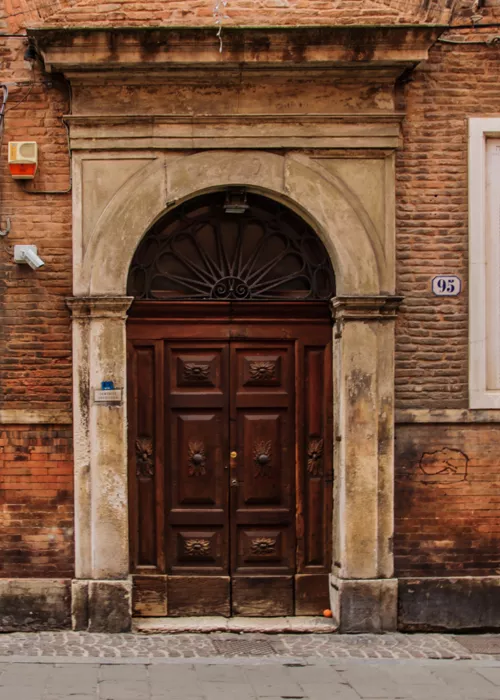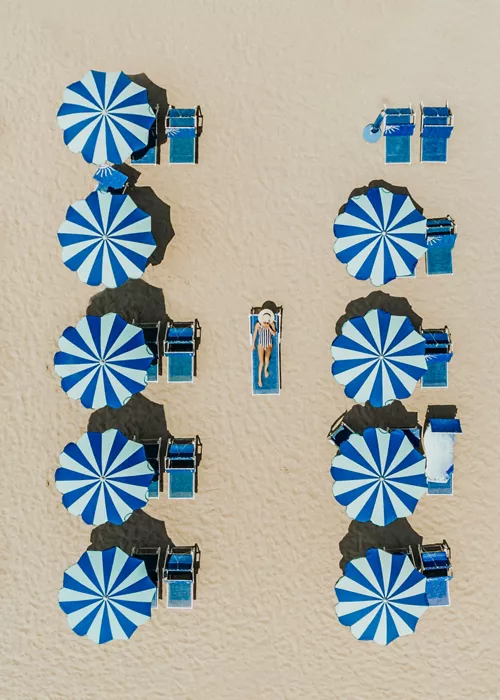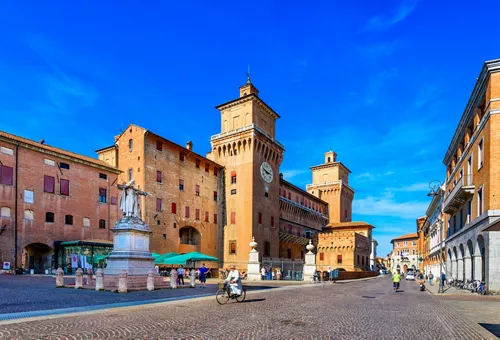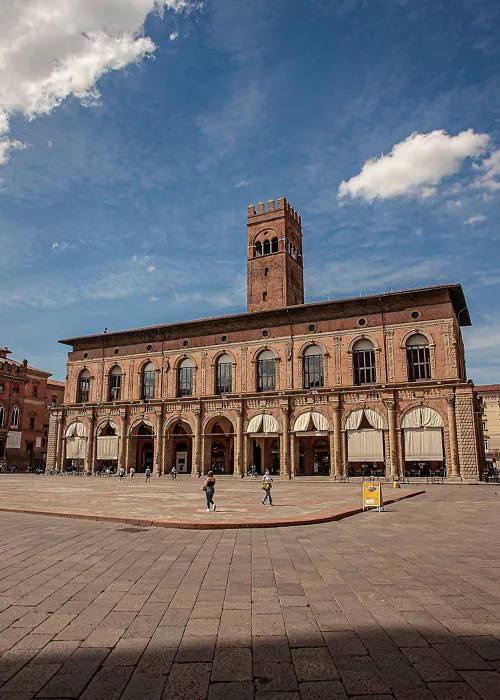Castrocaro Terme, an ancient oasis of wellness and nature, between the Middle Ages and the Renaissance
2 minutes
Castrocaro Terme is the ideal destination to give time back its value and combine the wellness of spa cures with a holiday amidst history and nature.
We are in the hills in the heart of Romagna 10 kilometres from Forlì and 30 from Cesena.
A medieval village “sitting” on ancient treasure

The village began to flourish in the Middle Ages, so much so that between 1160 and 1164 it hosted Emperor Frederick Barbarossa in its fortress.
Castrocaro's most precious treasure, however, is its green water and so-called “velvet” mud.
Tradition and innovative technologies

Already known in Etruscan and Roman times, the extraordinary virtues of the area's water and clay were rediscovered in the first half of the 19th century. Since then, they have been used in a building founded in 1844 and expanded in 1938 with the inauguration of the State-owned thermal spa. Open all year round, the spa complex includes the Festive Pavilion, an Art Nouveau masterpiece, and the Long life clinic offering beauty and fitness treatments.
Known for its characteristic green colour, the salt-bromide-iodine and sulphurous water used in the spa, which comes from the Bolga hills and the Park's springs directly into the spa, is considered a “'fossil” due to its exceptional wealth of minerals.
The tradition of “blue”, velvety and medicinal clays

In addition to thermal water treatments, the centre also offers mud baths, which create a velvety soft feeling on contact with the skin.
The extraction and processing of the clay used for spa treatments is a centuries-old tradition in Castrocaro: after an ageing period ranging from six to nine months, the mud is ready to be used with its characteristic creaminess.
The wellness trail continues outdoors, in the more than 16 kilometres of equipped jogging and exercise trails that the Spa Park offers.
Rejuvenated by the water and mud baths, you’ll find yourself immersed in the medieval atmosphere of the village and can go out to discover its imposing fortress, one of the most interesting examples of medieval fortified architecture.
Discovering the miraculous springs where the sea was once found

If you love walking, trekking and cycling, the tourist office proposes suggestive itineraries to explore this area full of nature, art and history: those who don’t want to stray too far from the town can venture into the River Park, a green and well-equipped area that winds along the Montone River, crossed by a bike path about seven kilometres long passing through fields and vineyards to the walls of Terra del Sole.
The trek to Rupe dei Cozzi to discover the hot springs is instead more challenging. This is a high cliff chosen by the CAI of Forlì as a rock gym, the remains of an ancient underwater cliff.
Not far away, you can admire the Bolga lakes, whose salty-iodine waters are channelled into the thermal baths. There are also several mineral water springs bubbling to the surface in the area.
The Renaissance mirage of Terra del Sole

Reachable by walking or cycling along the Montone River, don’t miss Terra del Sole, also known as Eliopoli: built by Cosimo I de' Medici, it is a Renaissance fortress city that was intended to combine the functions of a “war machine” with those of a political administrative centre.
Every year on the first Sunday in September, the historic Palio is held in the main square of Terra del Sole, where over 300 participants including captains, chiefs, ladies and knights parade, preceded by the flag-wavers and crossbowmen of the two boroughs, the local contrade (districts), who compete in a crossbow shooting contest.
To find out more: termedicastrocaro.it
































